ugly ceiling problem
honugirlhawaii
16 years ago
Featured Answer
Comments (25)
lucy
16 years agoChristopher Nelson Wallcovering and Painting
16 years agoRelated Professionals
Alpine Kitchen & Bathroom Remodelers · Camarillo Kitchen & Bathroom Remodelers · Roselle Kitchen & Bathroom Remodelers · West Palm Beach Kitchen & Bathroom Remodelers · New Milford General Contractors · Sterling General Contractors · Vermillion General Contractors · Wallington General Contractors · Lakeside Painters · Cape Coral Painters · North Bethesda Painters · Palos Heights Painters · Port Angeles Painters · Sebastian Painters · Tustin Paintersgeoff
16 years agokudzu9
16 years agohonugirlhawaii
16 years agogeoff
16 years agorjoh878646
16 years agohonugirlhawaii
16 years agoals_islandgirls_hawaiiantel_net
13 years agoIna Plassa_travis
13 years agoinfo_permitshawaiiLLC_com
13 years agopermitshawaii
13 years agomartinmec
11 years agopaliview
6 years agolast modified: 6 years agomillworkman
6 years agopaliview
6 years agolast modified: 6 years agoDavidR
6 years agoDawn E
5 years agopaliview
5 years agoHU-548107279
5 years agoDavid B. Cummings
5 years agoL P
5 years agopaliview
5 years agolast modified: 5 years agoMiniSplit Heat
5 years agolast modified: 5 years ago
Related Stories
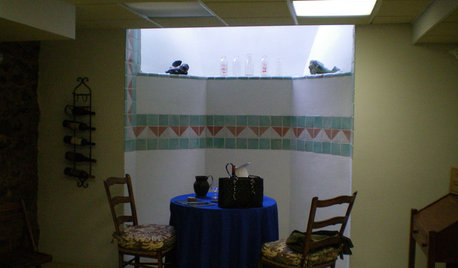
BASEMENTSBasement of the Week: High-End Problem Solving for a Show House
Dark and dated? Naturally. But this '70s-style basement had myriad other design issues too. See how the designer rose to the challenge
Full Story
REMODELING GUIDESThe Hidden Problems in Old Houses
Before snatching up an old home, get to know what you’re in for by understanding the potential horrors that lurk below the surface
Full Story
ECLECTIC HOMESHouzz Tour: Problem Solving on a Sloped Lot in Austin
A tricky lot and a big oak tree make building a family’s new home a Texas-size adventure
Full Story
HOUSEKEEPING10 Problems Your House May Be Trying to Show You
Ignore some of these signs and you may end up with major issues. We tell you which are normal and which are cause for concern
Full Story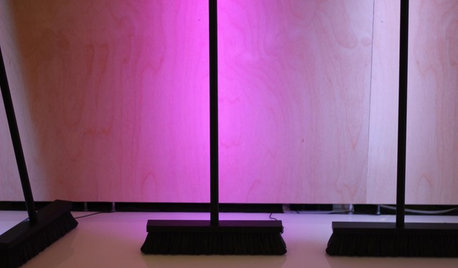
TASTEMAKERSICFF 2012 Report: 10 Visionary Problem Solvers
Sure, pretty is nice, but the best designs improve our lives. These innovative products by students and companies do just that
Full Story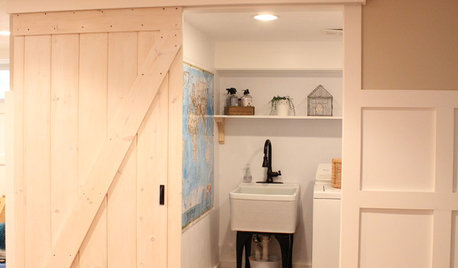
DIY PROJECTSMake Your Own Barn-Style Door — in Any Size You Need
Low ceilings or odd-size doorways are no problem when you fashion a barn door from exterior siding and a closet track
Full Story
DECORATING GUIDESIdea of the Week: Work Your High Ceilings
Step Up to Overhead Storage with a Sleek Sliding Ladder
Full Story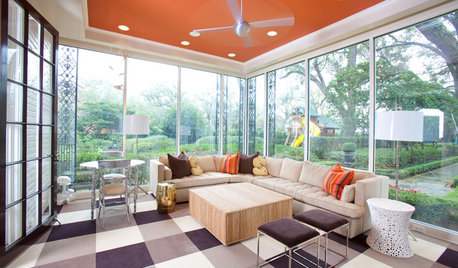
MOST POPULARHeads-Up Hues: 10 Bold Ceiling Colors
Visually raise or lower a ceiling, or just add an eyeful of interest, with paint from splashy to soothing
Full Story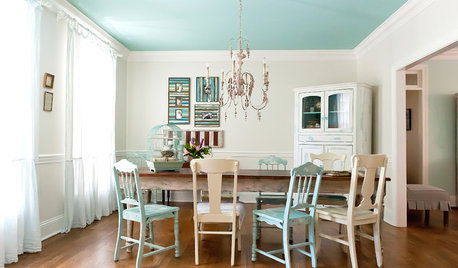
COLORAdd Excitement With Vibrant Ceiling Color
Slather on some bold ceiling color for an instant — and eye-catching — transformation
Full Story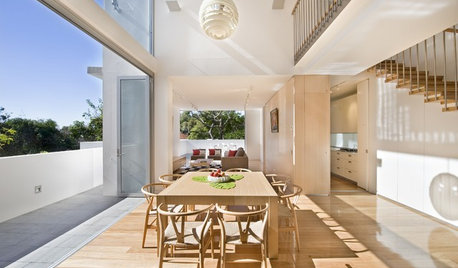
ARCHITECTUREAre Vaulted Ceilings Right for Your Next Home?
See the pros and cons of choosing soaring ceilings for rooms large and small
Full StoryMore Discussions






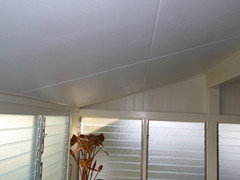


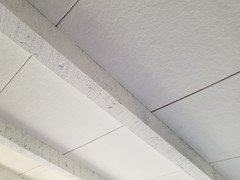


paliview